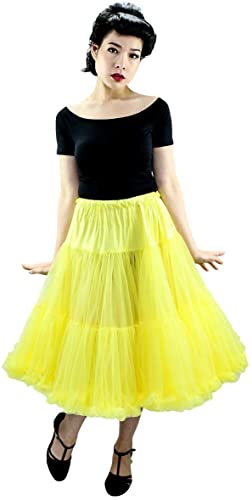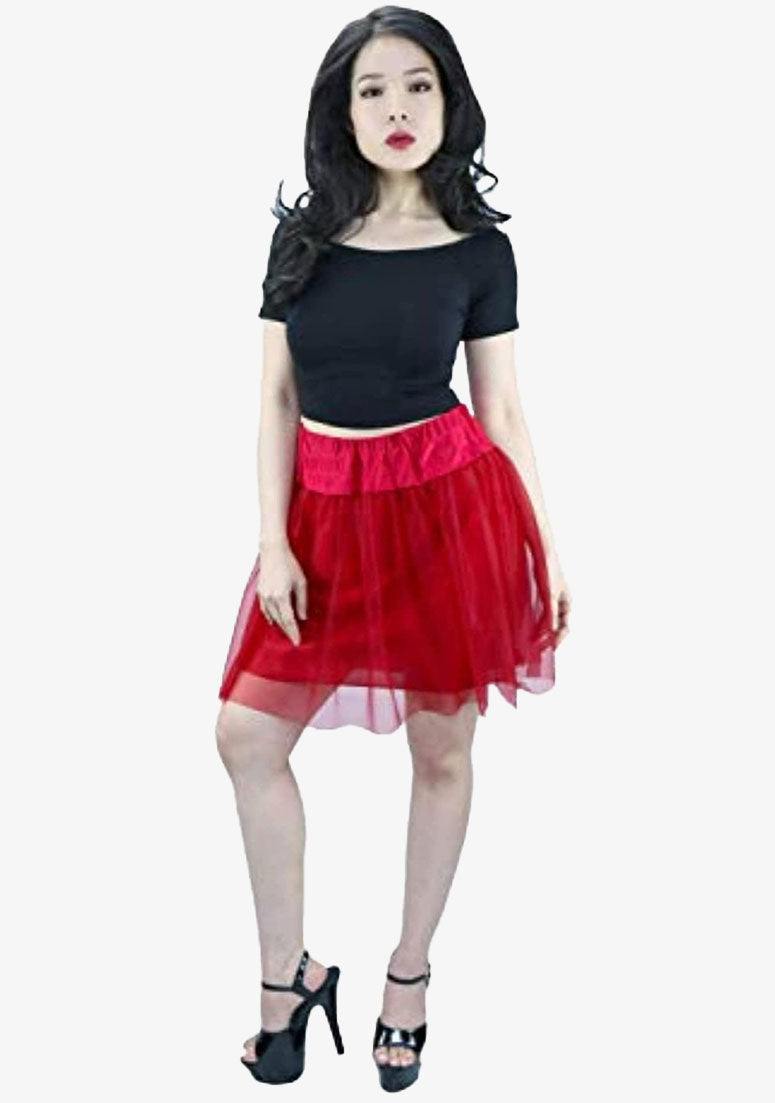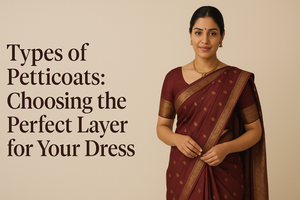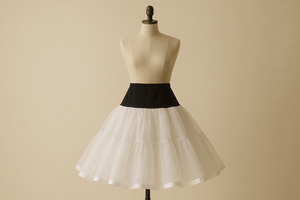Do you wonder what are tutus made out of? You could be preparing for your first recital or simply curious. The charm behind the magical fabric puff is quite fascinating. Malco Modes brings forth the finest materials to design ballet tutus that move as gloriously as the dancers themselves.
From their days of origin, tutus have been designed using layers of silk, muslin, tarlatan, and gauze. Now, they also typically make use of several layers of diamond-mesh netting or stiff tulle to achieve the standard shape. Some tutus are even trimmed with the help of specific fabrics like coutil to improve the structure.
Ultimately, it's not all about looks. When you know ‘what are tutus made of,’ the right fabrics can deliver ample flexibility, durability, and lightness. In addition to serving as the ultimate costume, ballet tutus are the iconic symbol of grace and art form.
What are Tutus Made Out of?
If you keep wondering, ‘What material is used for tutus?’ we can help you out! The overall charm of this dancewear lies in the choice of the right fabrics. Malco Modes presents ballet tutus made out of premium netting, tulle, and even organza to impart the right flair.
-
Tulle serves as the classic, lightweight material for designing ballet tutus. Tulle holds the shape of your dancewear beautifully and imparts a bell-like shape to the dress. The material is soft enough to help you move around comfortably.
-
If you wish to achieve a more charming and delicate look, you can get ballet tutus made out of stiff nylon netting. This material is crispier than tulle. Therefore, it is ideal for your stage-ready performances.
-
In some premium tutu designs, creators use organza to impart a shimmery texture and luxe look. Organza is more delicate and great for an elegant layering.
As you think of ‘what are tutu skirts made of,’ you should consider a combination of comfort and performance. Malco Modes always strives to deliver both quality and style through its designer dancewear tutus.
About the Materials Used for Tutus
When you are going to purchase ballet tutus, their overall charm lies in the material. The manner in which dancewear floats with every movement and how it gets photographed on the stage will depend on the fabric used in its design. Malco Modes features tutu skirts that are designed thoughtfully with the help of premium-quality materials to combine beauty and performance.
Tulle – The Classic Ballet Tutu Fabric
When you ask ballerinas, “What are tutus made of?” tulle is the foremost answer. Tulle is a fine netting material that is the ultimate choice for the construction of most tutus. They are structured and lightweight and impart an airy volume and comfort against your skin.
The material holds the shape well. Tulle is the ideal material for a full-skirted, layered look when you use the same for traditional ballet costumes. Malco Modes makes use of both stiff and soft variations of tulle to create the right balance between silhouette and movement.
Organza and Other Sheer Fabrics
If you want an elegant and shimmery dance costume, most modern tutus feature layers of organza. It is a sheer, crisp fabric with a charming sheen. Organza helps in adding ample drama and visual appeal, particularly under stage lights.
In some tutu designs, you can also find the use of mesh or chiffon materials. These deliver fluid movement and a beautiful look altogether. These fabrics are great for modern performances and fashionable recital looks.
Satin and Silk in Ballet Tutus
While these materials are less common when it comes to ballet tutus, the use of silk & satin is observed in accent details and bodices. These materials create a luxurious finish and offer rich color & texture. When you buy ballet tutus from Malco Modes, you will come across touches of silk & satin to create statement pieces.
How Fabric Choice Affects Tutu Style and Function
The material that is used in the construction of ballet tutus helps determine both style and comfort levels. It is responsible for shaping how the tutu will move, feel, and ultimately perform.
-
Stiff tulle helps create the perfect pancake silhouette for conventional ballet roles.
-
Mesh or soft tulle delivers gentle flow & flexibility. These are great for contemporary or lyrical pieces.
-
Organza helps in adding ample volume along with a shimmery touch.
-
Satin or silk bodices provide elegance and structure to the apparel.
Caring for Your Ballet Based on Fabric Type
If you wish to keep your ballet tutu looking great, it is important to take proper care of the dance apparel. If you are using tulle tutus, avoid machine-washing. You should wash them gently in cold water and hang dry, ensuring the fabric retains its original shape.
For organza and other sheer-type materials that are quite delicate, you should only spot-clean as per the requirements. Hang them to store them straight to avoid wrinkles. If your tutu skirt has silk or satin embellishments, avoid direct heat and harsh chemicals.
Conclusion
The materials used in ballet tutus are usually chosen to combine beauty and performance. When you understand what tutus are made of, it offers a new appreciation for the overall design and functionality. If you've ever wondered what are ballet tutus made of, the answer lies in the careful selection of fabrics like tulle, organza, silk, and satin—each chosen for movement, elegance, and durability. Malco Modes features tutu skirts designed with premium materials to make dancers appear great and comfortable throughout their performances.
FAQs
What is the difference between tutu and tulle?
A tutu is regarded as the ballet skirt that is worn in a typical ballet performance. On the other hand, tulle is the lightweight fabric used to design a tutu skirt.
Why is tulle the preferred fabric for ballet tutus?
Tulle is highly preferred for designing ballet tutus as it is a lightweight fabric. The light nature of this fabric holds the entire skirt well and creates ample volume.
Are ballet tutus made from natural or synthetic fabrics?
Typically, ballet tutus are made from synthetic materials, such as polyester or nylon, to enhance structure and durability.
How should I care for a ballet tutu made of tulle?
Wash your ballet tutu gently in cold water. Hand them dry. Store the same hanging or flat to preserve the shape.












